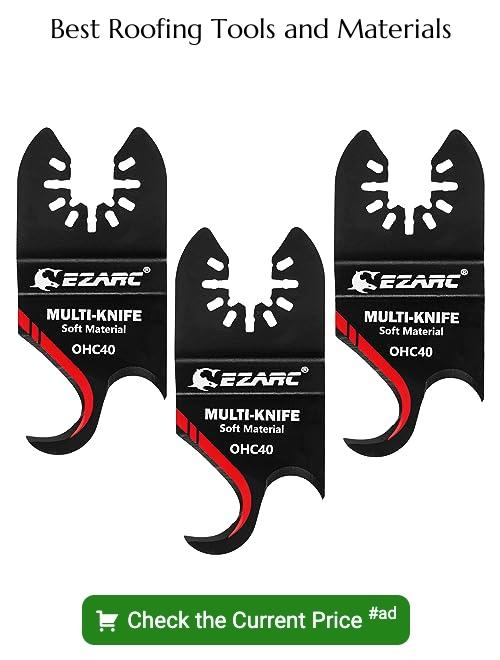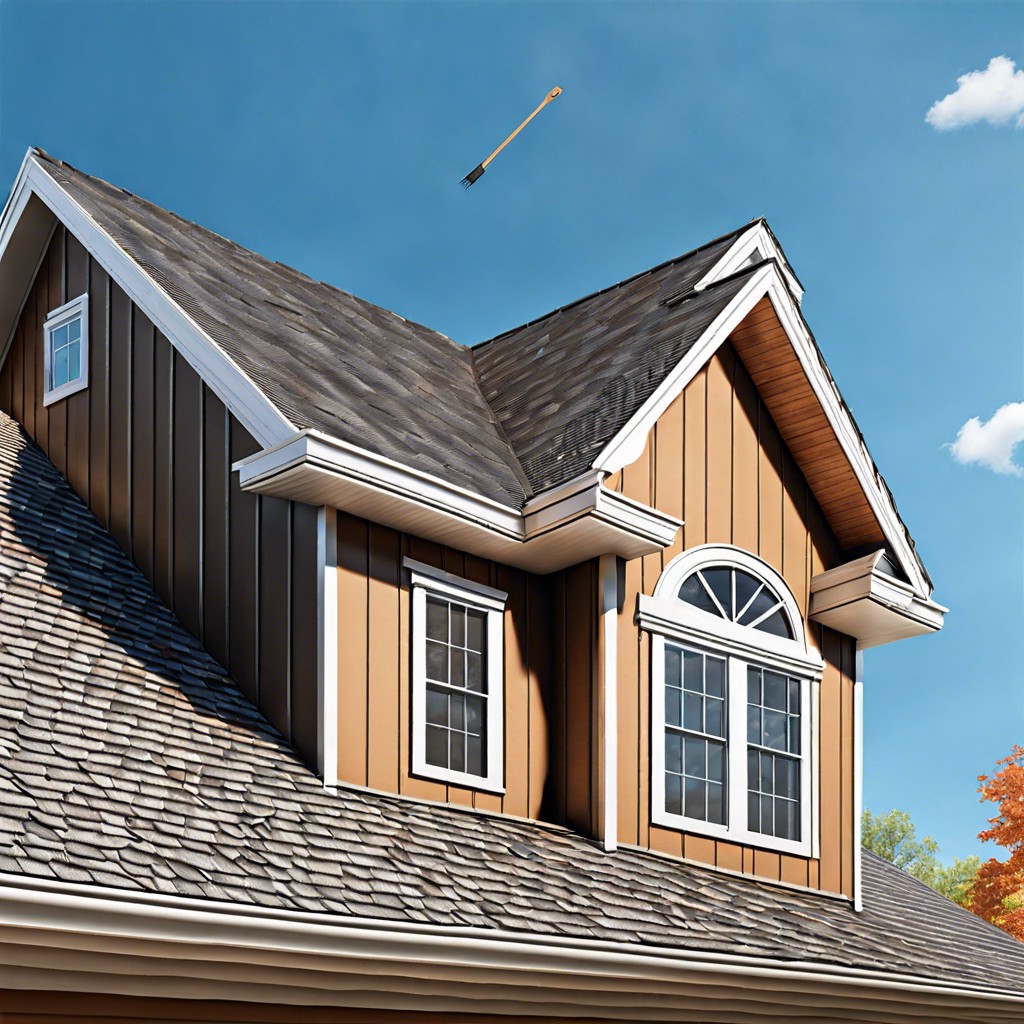Last updated on
Learn the essential steps for properly installing a roof, ensuring durability and weather resistance for your home.
Key takeaways:
- Gather the necessary tools for a smooth roof installation.
- Select the appropriate materials, such as shingles and underlayment.
- Remove old shingles and inspect the roof decking for damage.
- Install the drip edge properly to direct water away from the fascia.
- Lay the shingles in a staggered pattern, ensuring straight lines and secure nailing.
Tools Required

Before beginning a roof installation, it’s crucial to assemble the proper tools to ensure the job is done safely and effectively. A sturdy ladder is essential for safe access to the roof. Roofing nailers or hammers are used to secure shingles in place. For precise cutting of roofing material, utility knives are indispensable. A chalk line helps in maintaining straight, even rows of shingles, which is critical for both the aesthetic and functional aspects of the roof. To measure and align materials accurately, a tape measure and a carpenter’s square are vital tools. Lastly, a pry bar is useful for removing old roofing materials or nails. With these tools at the ready, roof installation can proceed smoothly.
Materials Required
Before commencing a roof installation, gathering the appropriate materials is essential for a seamless project workflow. The first item on the list is roofing shingles, which serve as the primary barrier against the elements. You’ll need to select a type in alignment with your climate needs, aesthetics, and budget.
Underlayment is the next critical component. This water-resistant or waterproof barrier is installed directly onto your roof deck and provides an additional layer of protection from water intrusion.
Drip edges are metal flashings installed at the edges of your roof to guide water away from the fascia and into the gutter. Their role is crucial in preventing water damage along the margins of the roof.
For sealing joints and preventing leaks, roofing nails and roof sealant must be of high quality. Using the correct length of nail ensures that they penetrate sufficiently through the roofing material and into the decking.
Finally, don’t forget starter shingles, which are installed along the eaves to prevent wind uplift at the edge of the roof, as well as ridge cap shingles, which are designed to protect and seal the ridge line of the roof.
Each of these materials plays a vital role in the integrity and longevity of your roof, and careful selection will contribute to overall project success.
Tear Off the Old Shingles
Before installing a new roof, it is crucial to remove the existing shingles to create a clean base for the new installation. Start by prying up the shingles from the edge using a roofing fork, shovel, or shingle scraper. Lift them up and peel back to remove from the surface. During this process, ensure that all the nails are also removed to avoid damaging the new shingles. It is advisable to work in sections to manage debris efficiently. Dispose of the old materials responsibly, adhering to local regulations for construction waste. When the old shingles are completely removed, inspect the roof decking for any signs of damage such as rot or warping and make any necessary repairs. This step ensures a solid, level foundation for the new shingles, which is essential for the longevity and performance of your roof.
Install the Drip Edge
Begin by placing the drip edge along the eaves, ensuring that it overhangs slightly to direct water away from the fascia. Secure it in place with roofing nails, spaced approximately every 12 inches. Overlapping each piece by 1-2 inches will create a watertight barrier. For added protection against wind-driven rain, apply a strip of roofing cement under the drip edge.
When installing drip edge along the rake, or the sloping edge of the roof, it must overlap the eaves’ drip edge for proper water shedding. Always nail it on the high side, towards the peak, preventing wind from lifting it. Remember that proper alignment here is crucial not just for functionality but also for visual symmetry, so take the time to ensure it’s straight.
Install the Shingles
Once the underlayment is secure and the drip edge is in place, it’s time to lay the shingles. Beginning at the bottom edge of the roof, place the first row of shingles so that they overhang the drip edge slightly. This is crucial to ensure proper water runoff.
Secure each shingle with roofing nails, typically four to six per shingle, driven through the nail strip which is strengthened to resist tearing. The nails should be placed just beneath the tar strip to remain concealed and provide a clean look.
For the second row, cut the first shingle to start half a tab off from the edge to ensure the seams between shingles are staggered. This staggering pattern is essential for both aesthetic uniformity and effective water shedding.
It’s important to maintain straight lines as you work across the roof. You can use chalk lines for guidance. Each subsequent row should align with the underlying shingle tabs to create a cohesive pattern that enhances the roof’s overall waterproofing and visual appeal.
Continue laying the shingles row by row, being mindful of alignment and secure nailing, until the entire surface is covered. Where roof features like vents or chimneys are encountered, flashing must be installed to deflect water away from the openings and prevent leaks.





